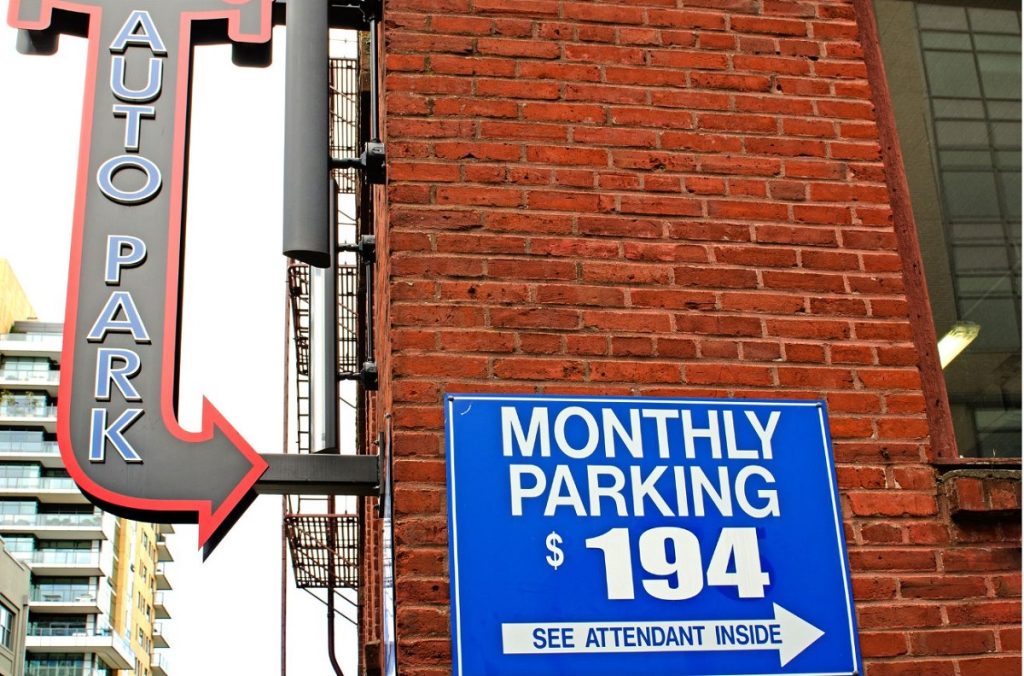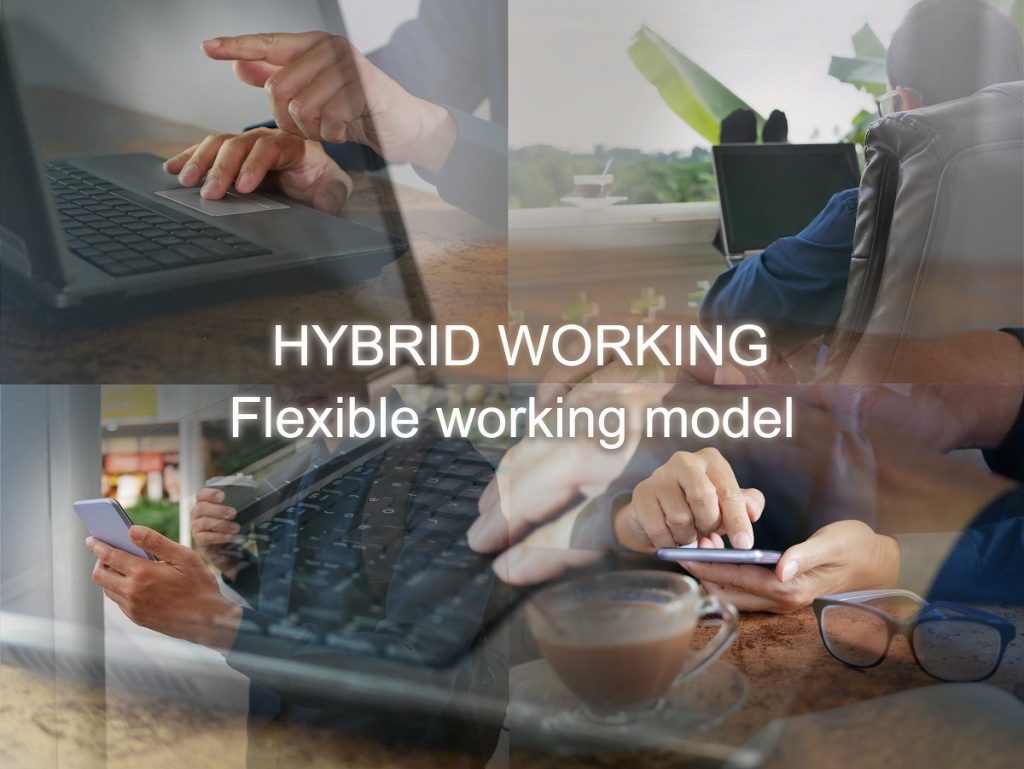As companies try to find the right incentives to bring workers back to the office, they may try pizza parties and other one-time events. The most successful efforts are on-target, tangible, and ongoing. Compensation for travel, child care stipends, and flexible hybrid work are among the most successful incentives.
If pizza parties are an adequate reward for hard work or extraordinary accomplishment, why aren’t they a bigger part of CEO compensation?
You may have seen the above statement as a funny meme on social media, but it raises some important questions about workplace compensation. Companies try to encourage people to return to the office or perform well while they’re there with incentives like pizza parties, morning donuts, employee outings, logo T-shirts, and such. These are nice gestures, as few people turn down pizza or fresh, hot donuts. Should they be at the core of employee incentive programs? Will they bring workers back to the office?
Does a Pizza Hut delivery keep workers commuting to work or increasing their productivity? Will an occasional pizza produce long-term effects? Executives may enjoy periodic incentives like fancy corporate retreats, but only if their other compensation packages and working situations are appealing.

How COVID Changed Priorities
After COVID, many employers are struggling to get workers to return to the office. Some have issued RTO mandates with a return-or-lose-your-job flavor, while others have tried to lure them back to work with incentives. For many workers, working remotely made them rethink the importance of work-life balance. The hassle of commuting every day, coupled with the costs of coming back to work, has made returning to old patterns of office work difficult.
Successful Incentives To Bring Workers Back To The Office
Companies are offering a variety of incentives but are not always sure about which will work. A trial-and-error approach is necessary, but savvy employers communicate with their workers to see what they really want. If employers offer things workers don’t care about, they may be disappointed at the reaction.
The U.S. Chamber of Commerce advocates six popular incentives for reengaging workers.
1. Reimburse Travel
Going to work can be expensive, especially at times when gas prices are high, tolls increasing, and parking ridiculously expensive. Public transportation may be more reasonable, but getting to the station or bus stop may be inconvenient, and the ride may take a long time.
Transportation costs are a given when going to work, but they take a bite out of one’s income.
Offering a gas allowance, free parking, transit passes, and compensation for tolls can lessen out-of-pocket expenses and compensate for price increases of gas, insurance, tolls, and parking over the last few years. Some companies even pay for ride-sharing services.
Compensation is also for the extra time spent commuting. Someone working from home can get started on work earlier or even ease into the day by reading some online newspapers.
For someone who lives in a major city like San Francisco, New York, or Chicago with nightmare traffic, free backups, or costly parking, travel compensation is particularly welcome. It makes employees much more willing to come into the office.

2. Promote Wellness Services
Workers want to maintain life-work balance based on physical and mental health wellness. Companies may have gyms on site, offer memberships to locations near the office, or have classes such as Pilates, yoga, dance, or body strength training on-site. Workers can participate before or after work, on breaks, or if they can extend their hours in the office during the day.
Balancing jobs, home life, commuting, and other life can lead to burnout. Available mental health benefits are increasingly important to workers.
3. Provide Free Meals
Some workers bring a brown bag lunch, but for those who eat out or even supplement what they brought with coffee or snacks, the costs add up. Offering free breakfasts, lunches, or snacks makes people feel welcome. Even if a company provides breakfast or lunch every day, week, or month, employees can bond with others as they save. Given that even a meal at McDonald’s can cost $10 or more these days, providing occasional meals may be a popular option.
Meals or snacks should not be tied to performance. Like the pizza party concept measured above, providing meals may not provide long-term satisfaction.
4. Offer Childcare Stipends
During COVID-19, many parents were able to stagger schedules with their partner or make their own hours.
Many workers, particularly women, realized during the pandemic that managing kids or infirm adults was much easier to balance with work when no travel was involved. Childcare is so costly that some workers cannot justify daily commuting due to childcare costs along with their daily responsibilities. Offering childcare stipends can offset the cost of childcare while lessening absenteeism for companies.
This benefit is one that even remote and hybrid workers will appreciate. Remote working did not remove the need for childcare services, as working while managing small children is not always feasible.

5. Invest In New Technology
Remote workers need to have some level of technology available to do their jobs. Besides a computer and printer, along with some office supplies, most workers need a copy machine, high-speed printer, advanced software, and the full array of office supplies available on the job. Having better technology on-site can be a draw for some employees.
6. Offer Hybrid Work
As debates rage over where work should be done, it’s important to remember that a small percentage of people want to be 100% remote or 100% in the office. Hybrid work is an excellent way to offer employees autonomy over their schedule while having the benefits of working in the office. Workers can socialize, collaborate, and get things done through periodic face-to-face communication. Employers can see this happening, plus offer mentorship and advice to people.
Some businesses may need to adjust their company culture to accommodate a work style where all employees are not on-site simultaneously. If most of the work can get done outside the office, many companies are finding that accommodating worker preferences results in greater worker satisfaction and productivity, along with lower costs for office rental and maintenance.

What Makes For A Successful Incentive?
Many companies have tried other approaches to encourage people to come back to work. What’s important to remember is to get employee input before implementing programs that can be costly yet ineffective.
Surveys done in the U.K., where getting employees back to the office is as much of a concern as in the U.S., indicate that 49% of British employers want to offer better facilities for bike storage and showers for employees who ride to work. This perk would entice only 13% of employees to come back to work. Given that relatively few U.S. workers cycle to work, offering bike protection would incentivize an even smaller percentage of employees.
Flexibility must reflect what people want, but other incentives must be on-target, tangible, and ongoing.


